Photogallery
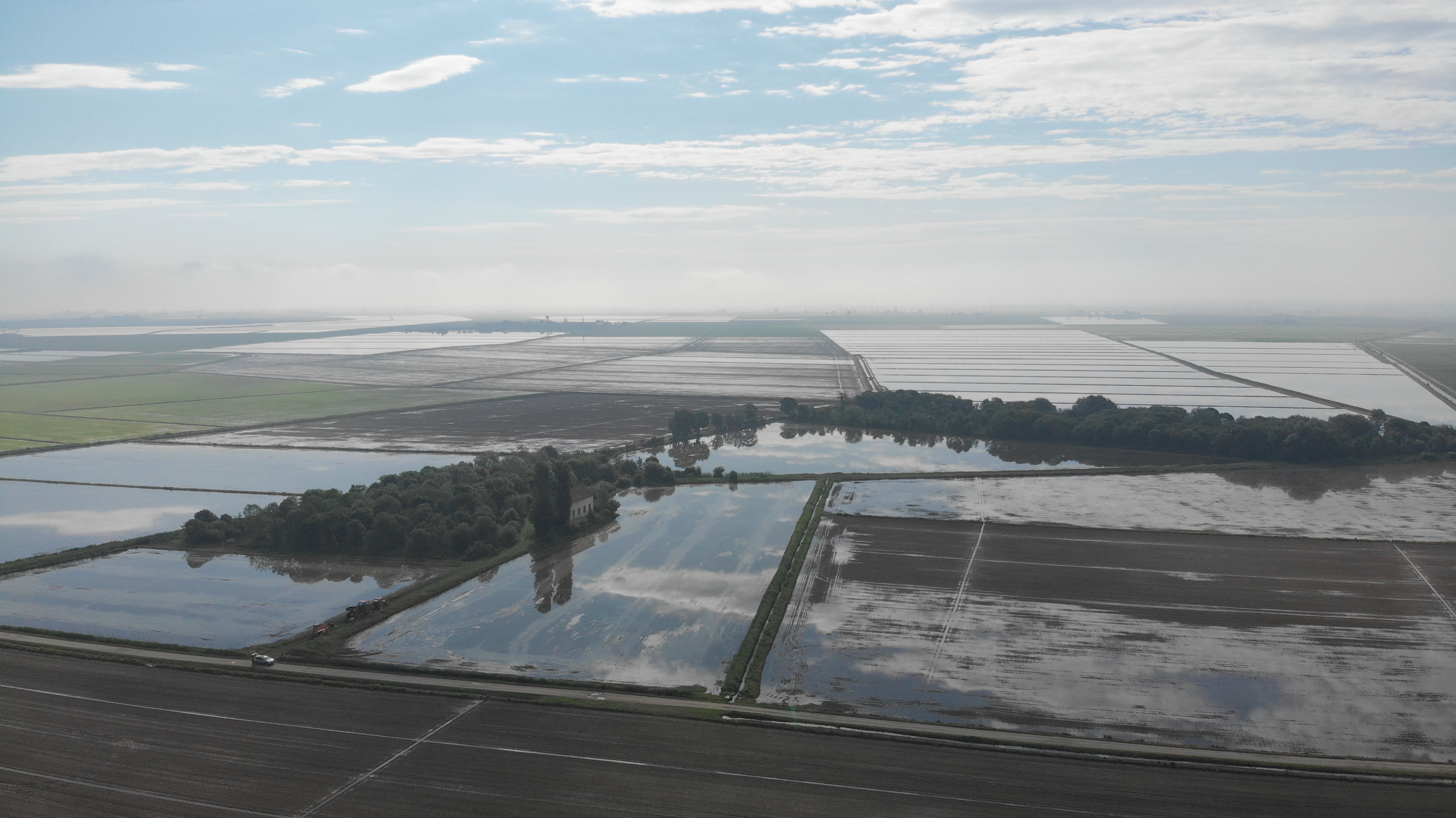
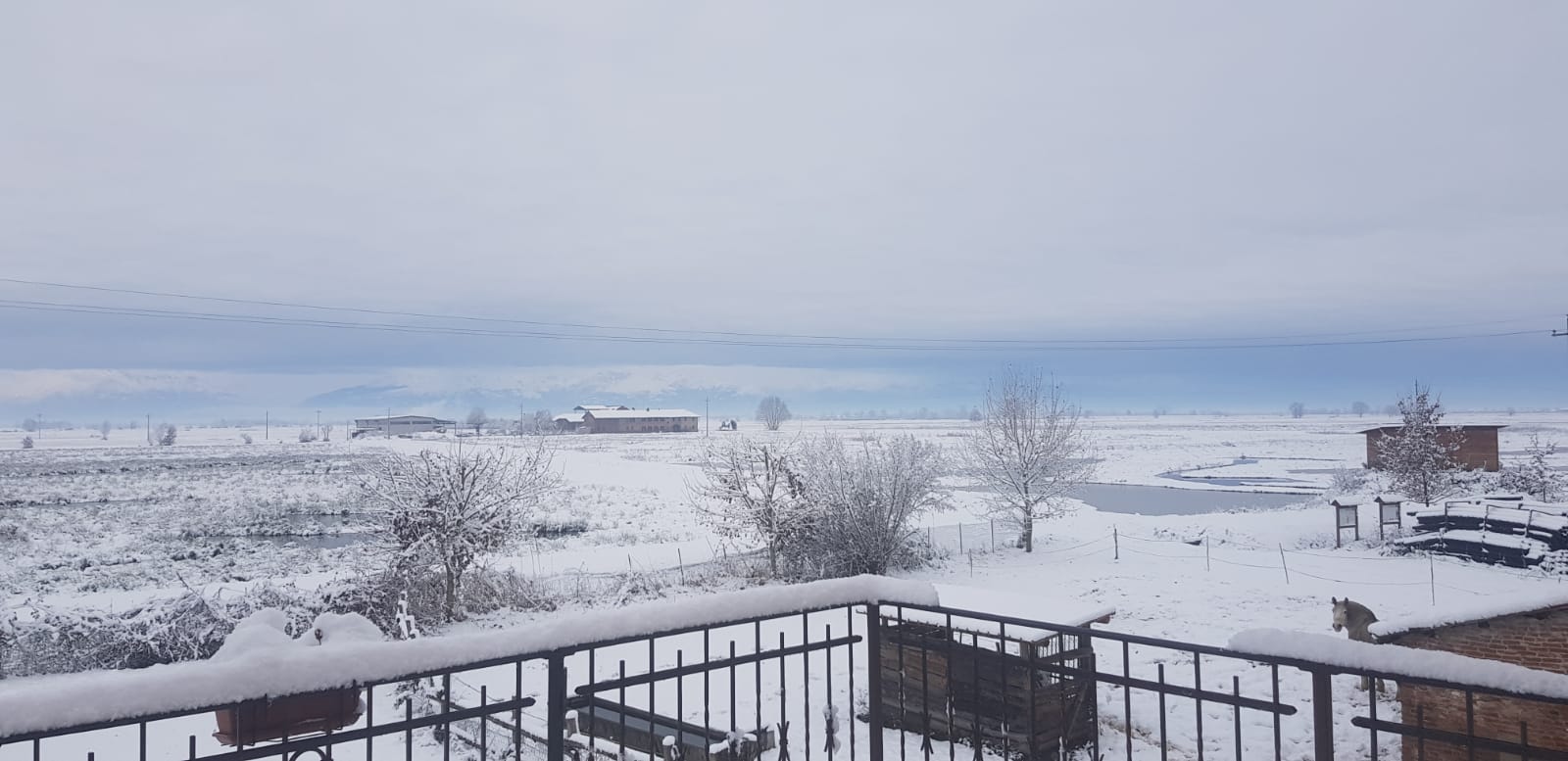
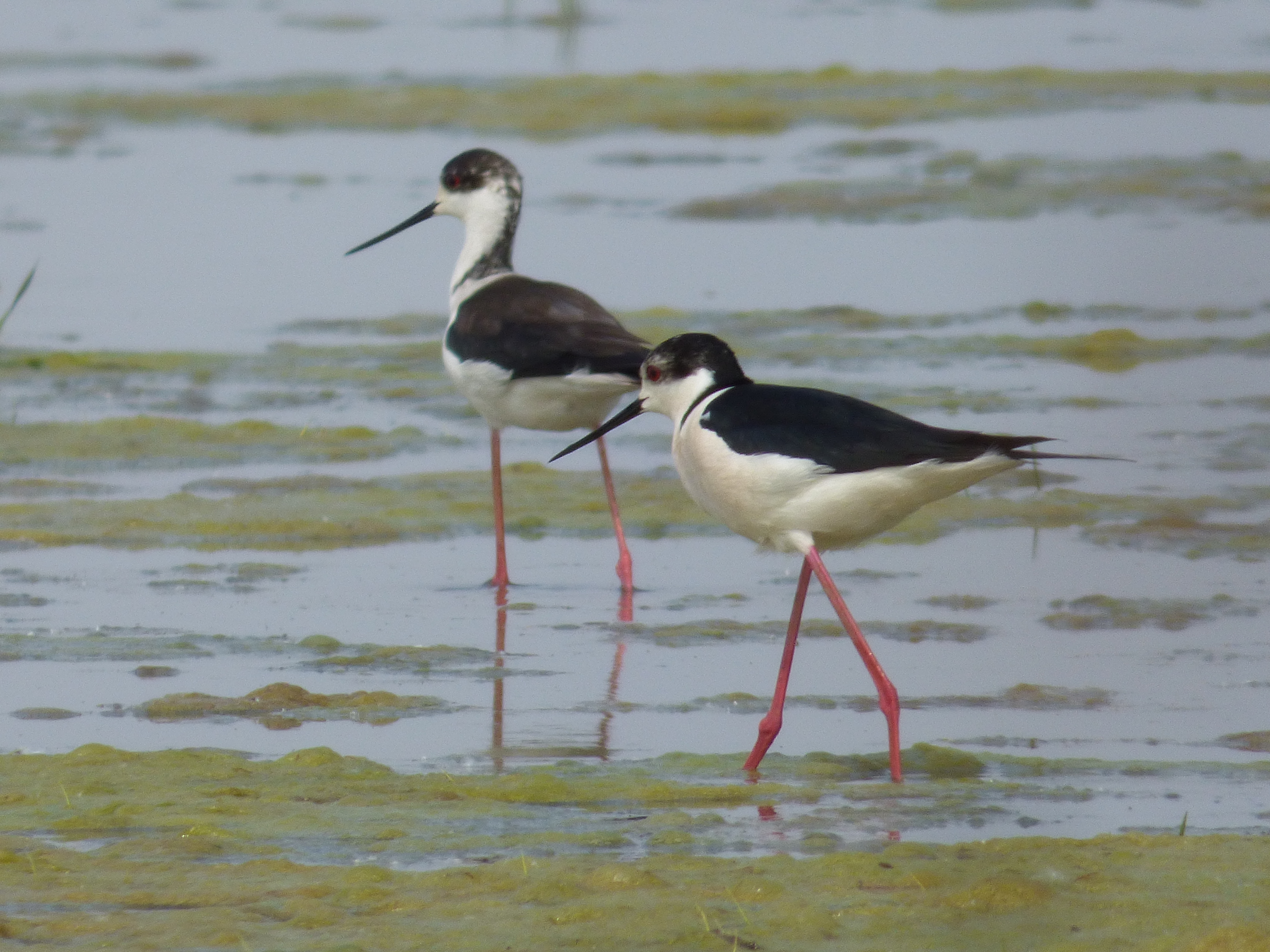
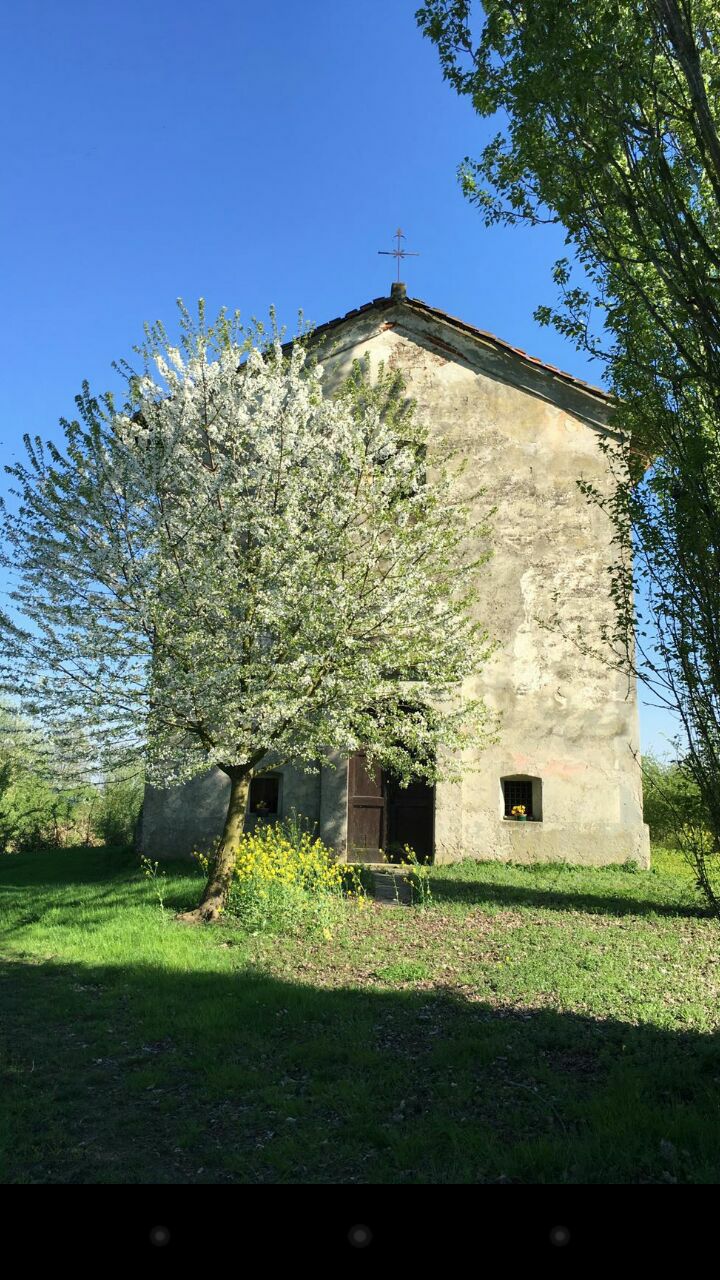
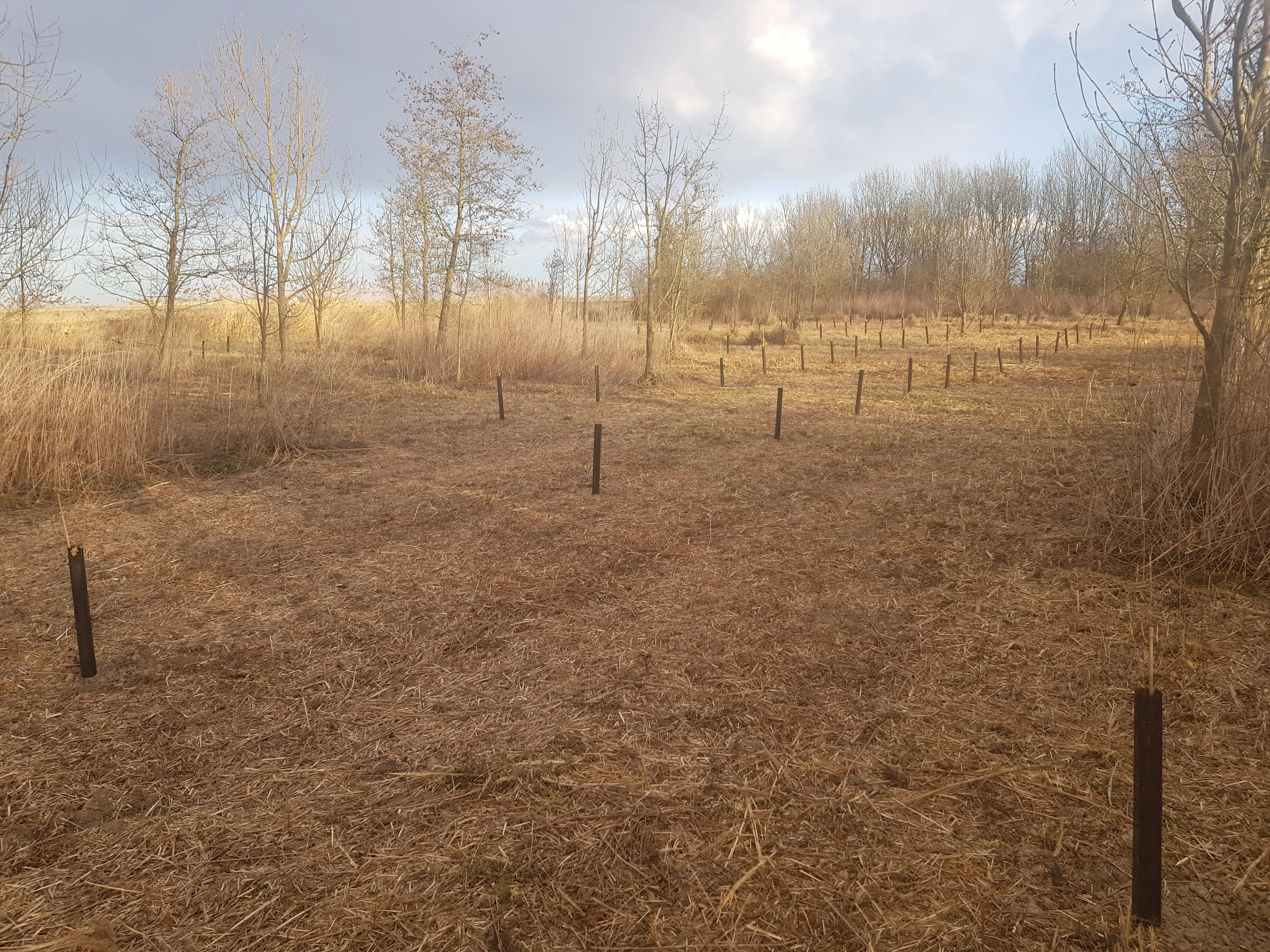
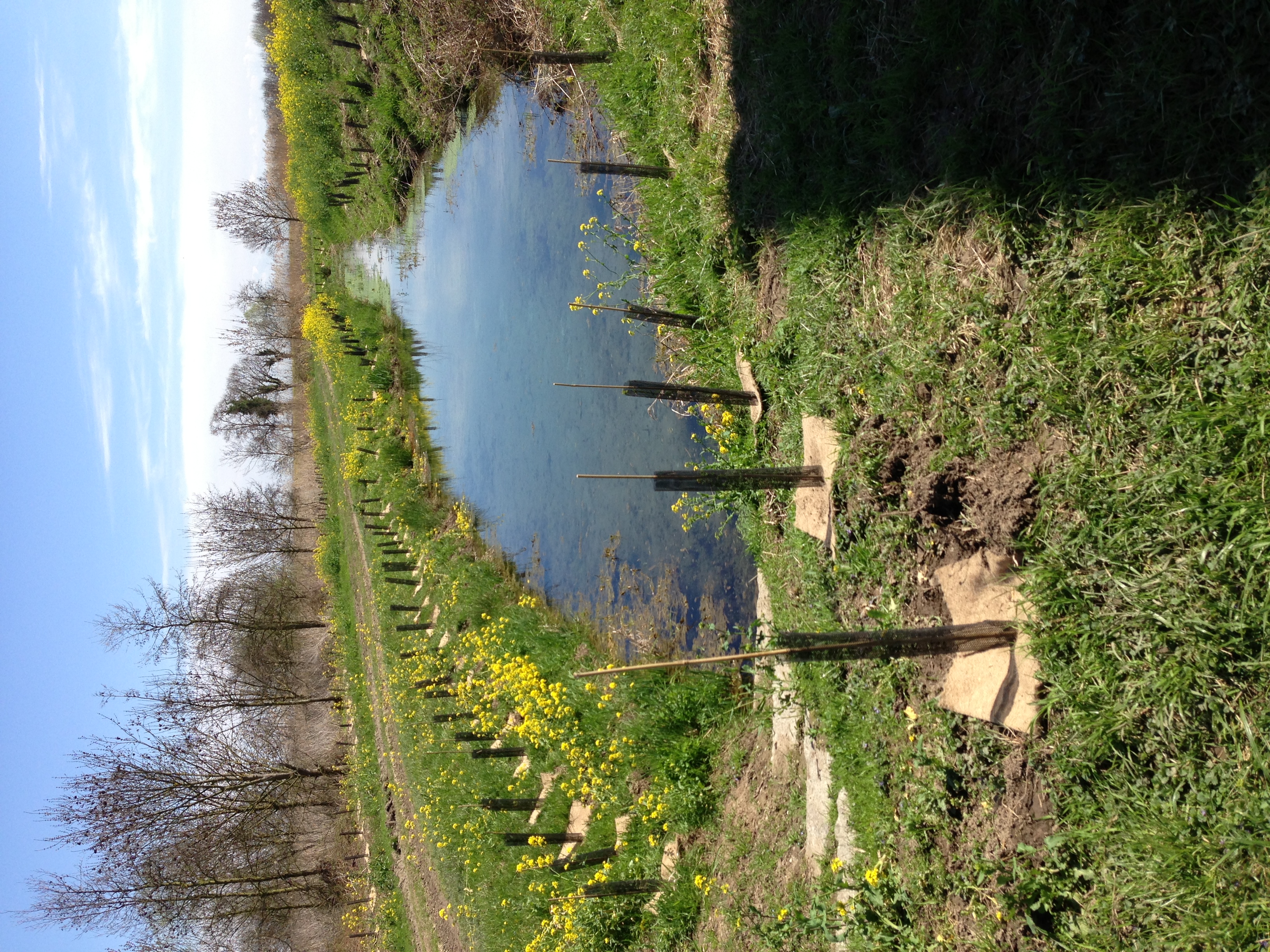
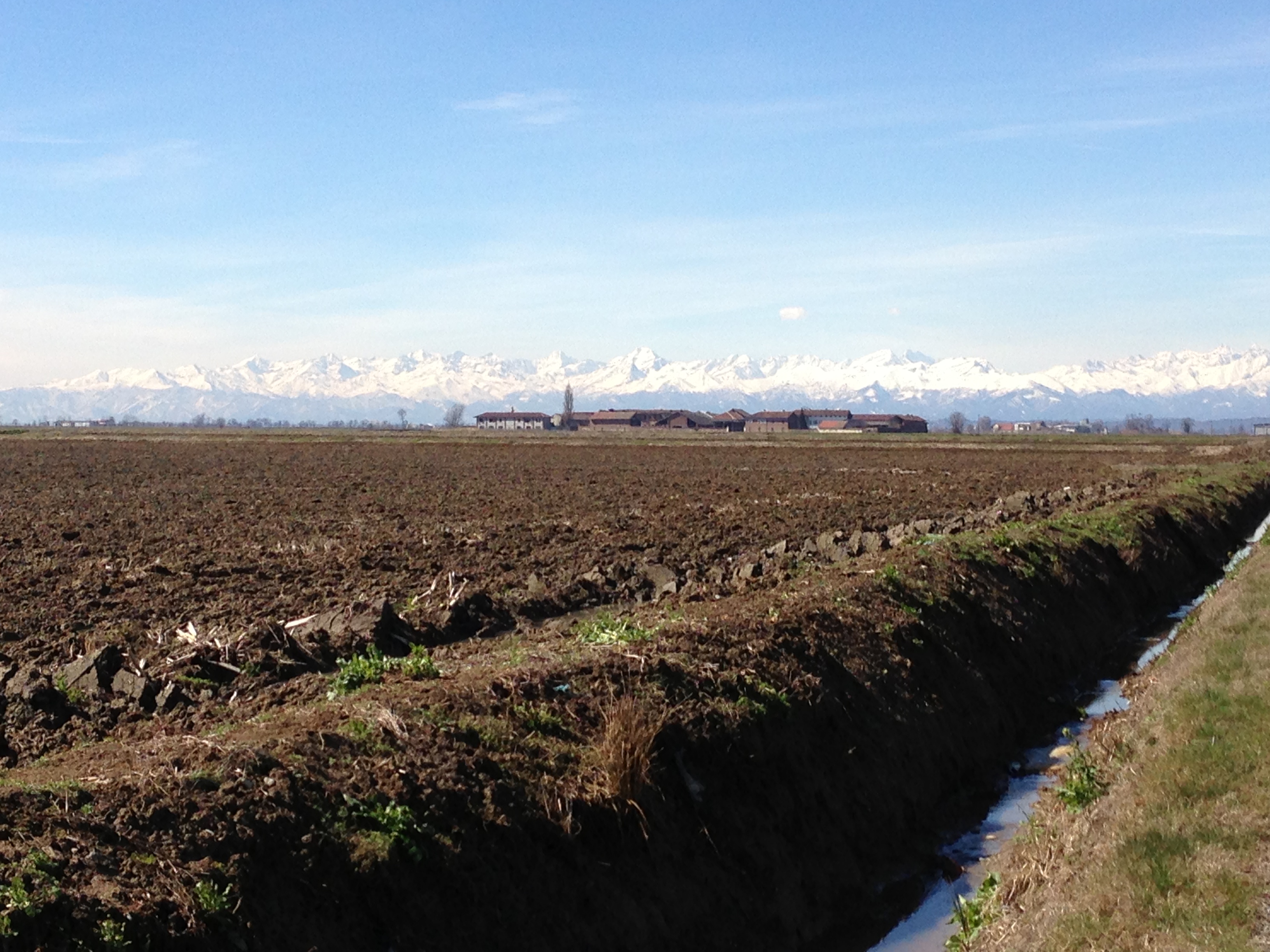
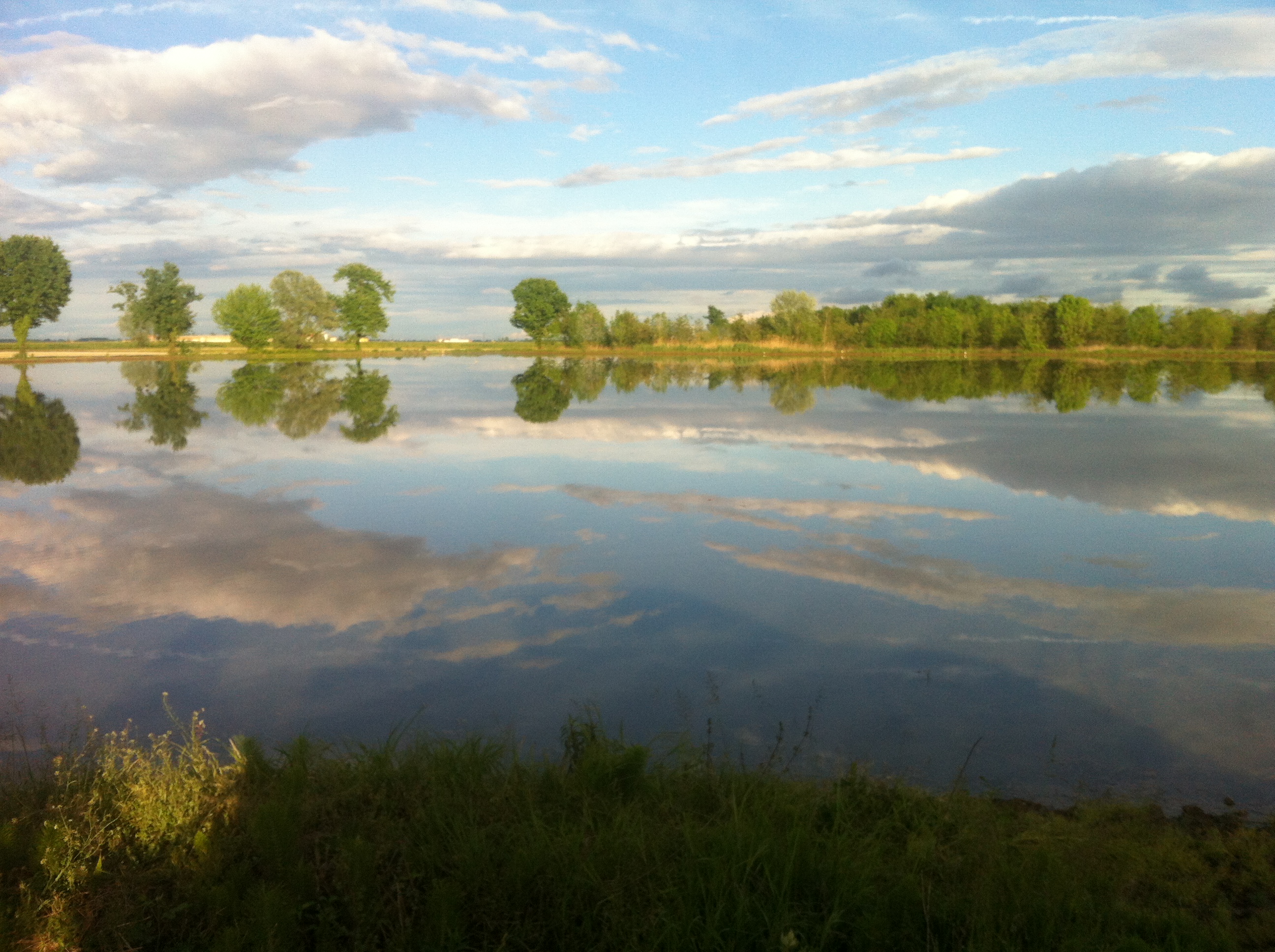
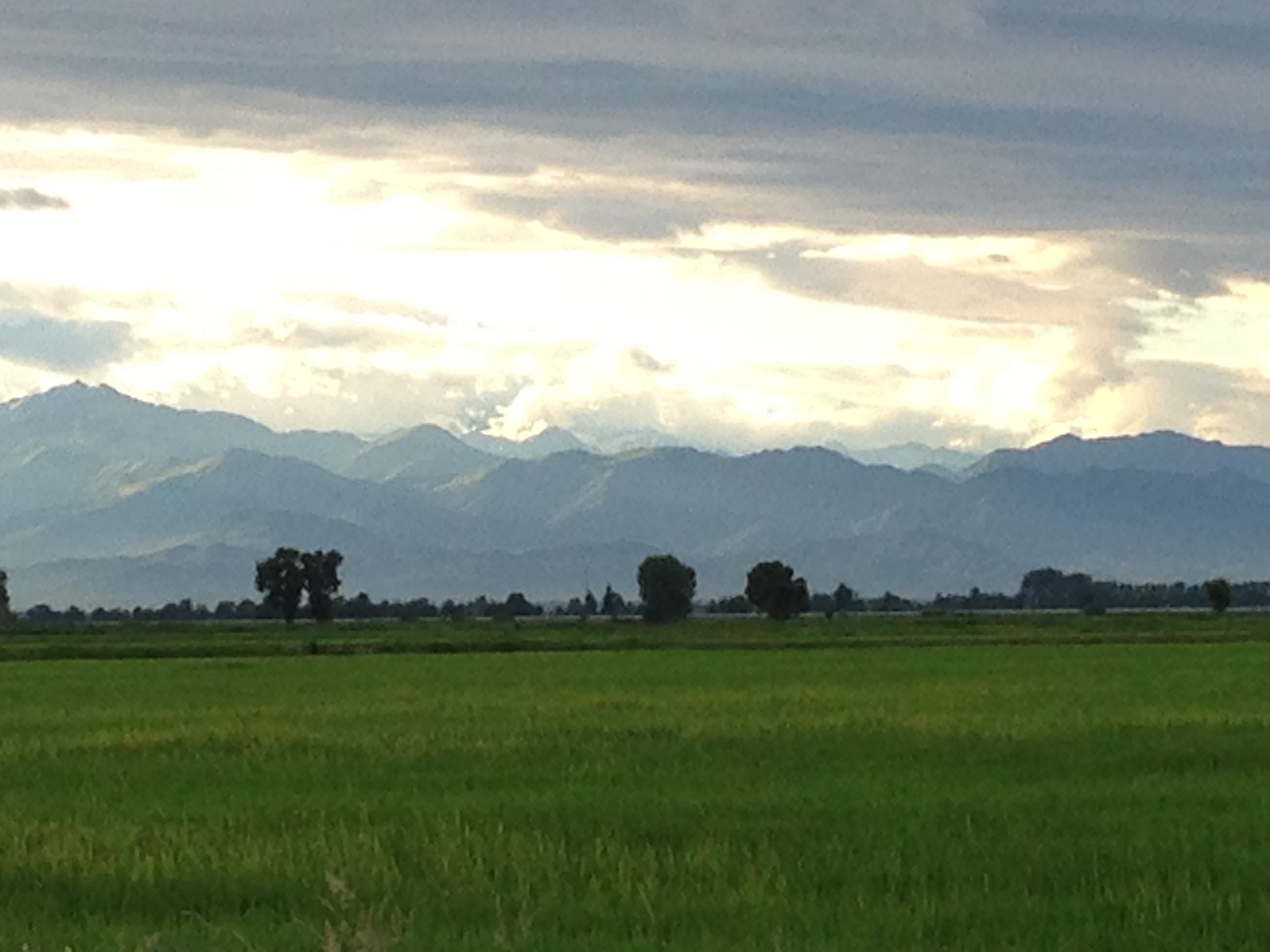
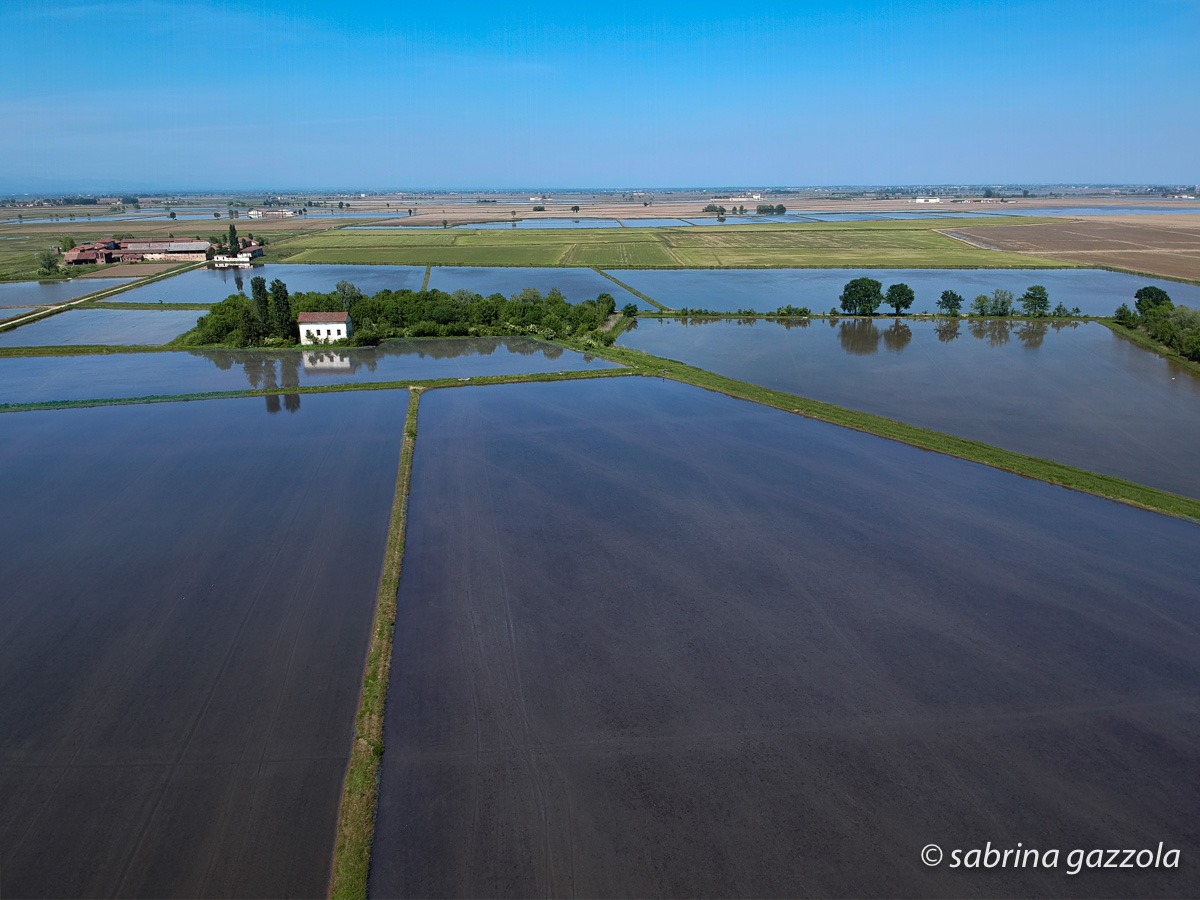
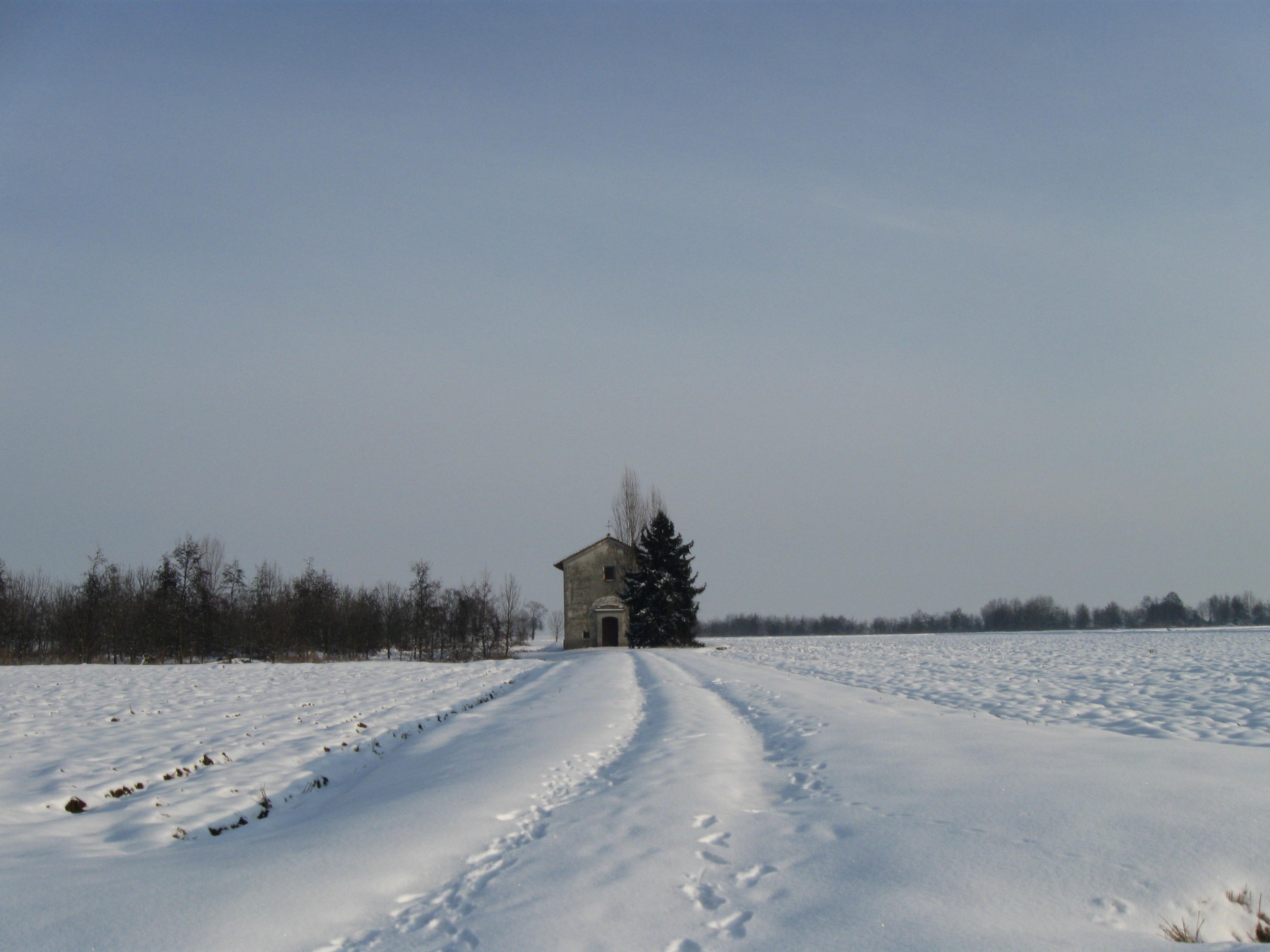
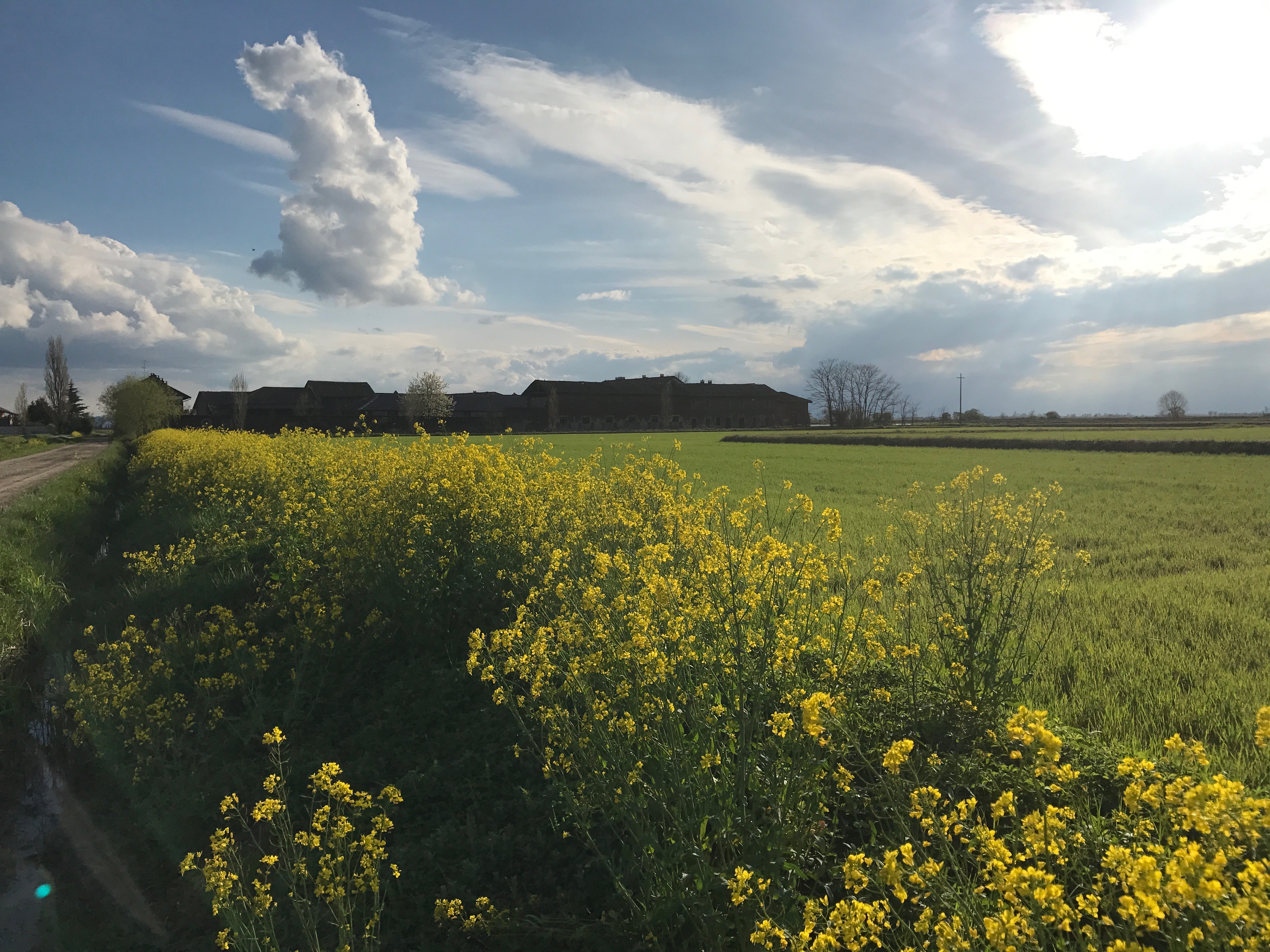
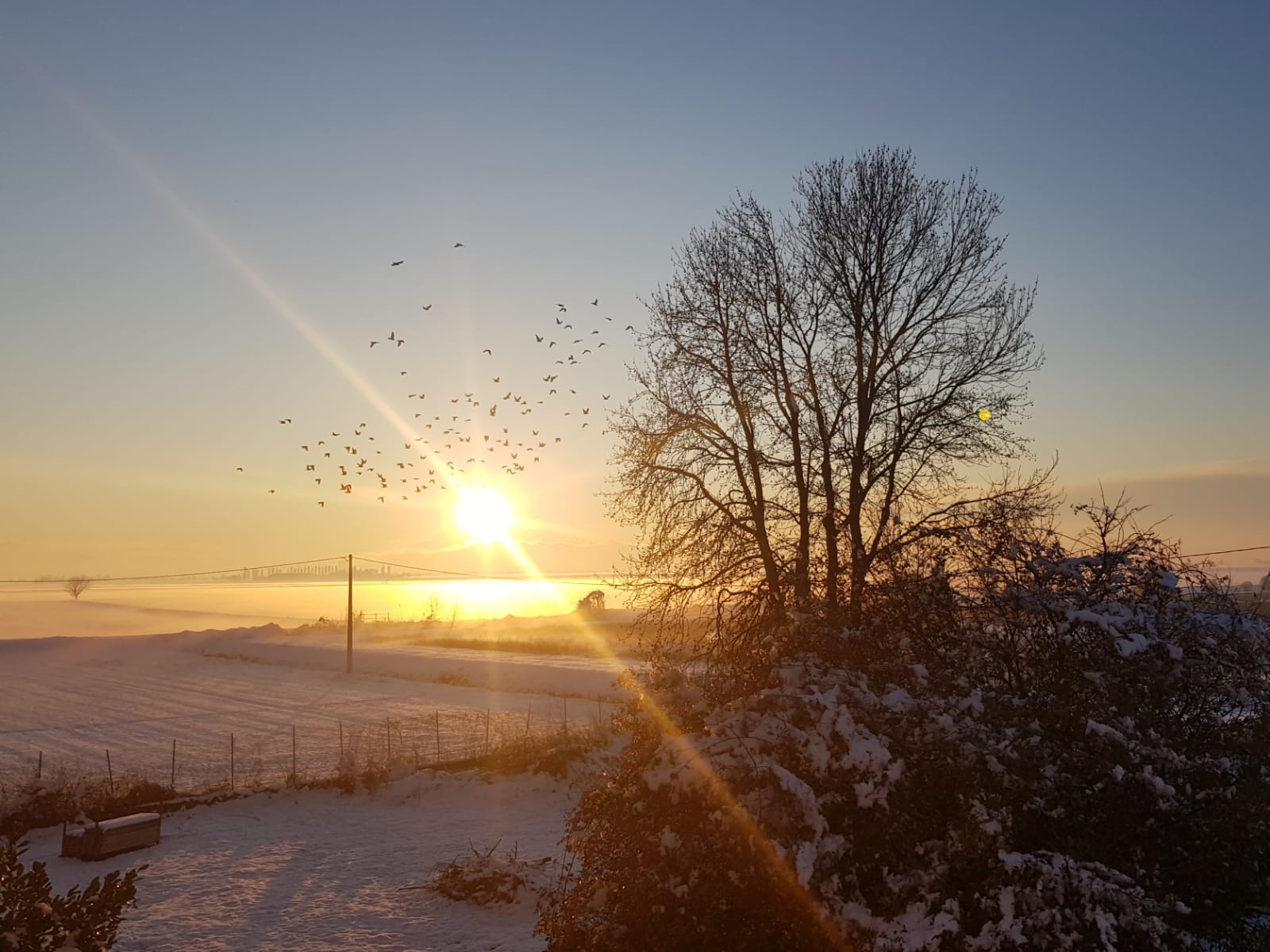
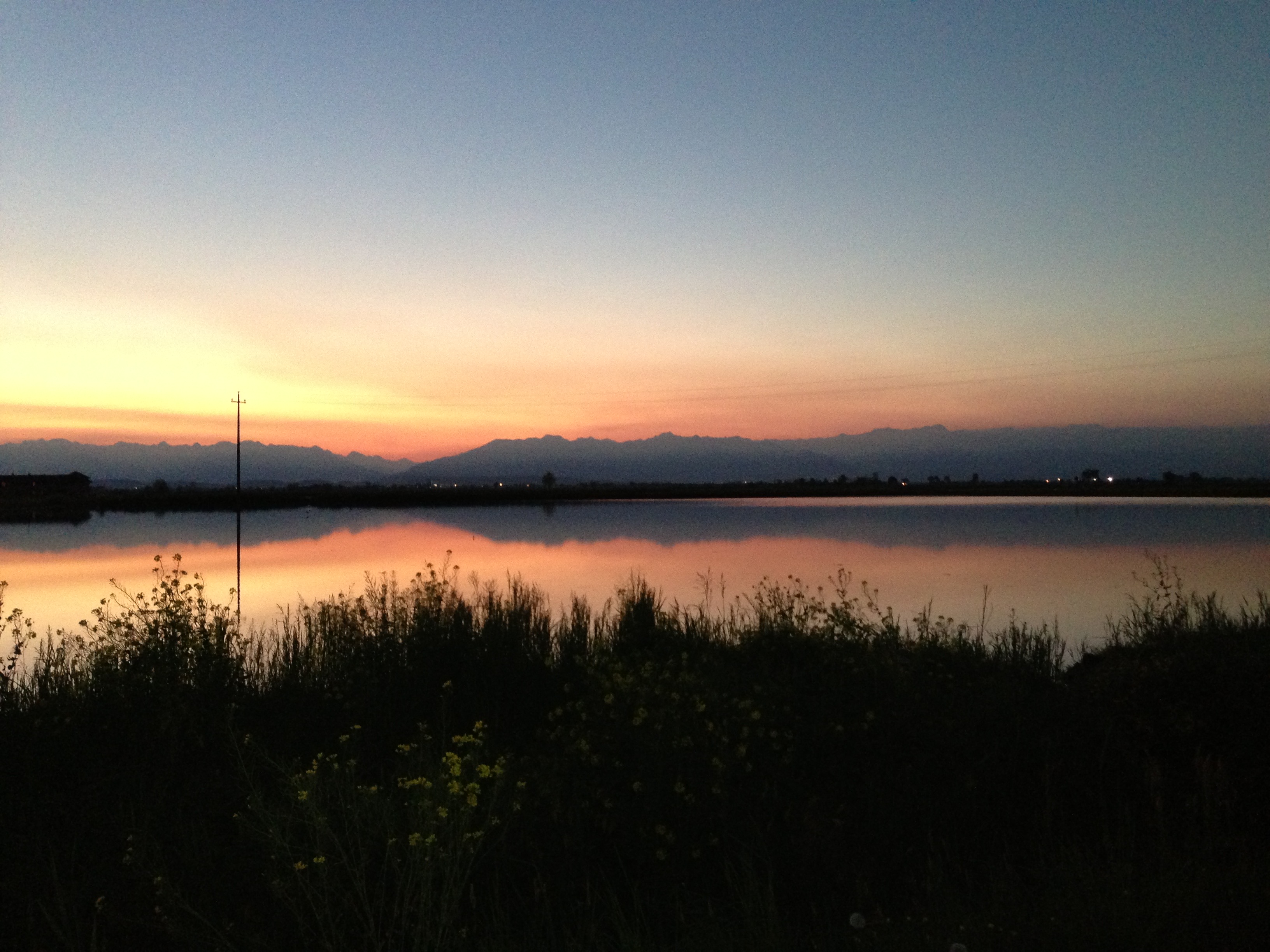
The rice-growing landscape is distinguished above all by the flatness of one’s overall view.
This is the great lure of a land which gives a sense of boundlessness limited only in the distance by spectacular mountain chains. The flatness of the land however is not a coincidence: another feature of a rice-growing environment is its inextricable link with water. That which appears perfectly flat in reality is not. There is always a slight difference in height between each field so that an ordered inflow and outflow of water can be organised.
The fields of the paddy are called chambers, and water flows from the highest chamber to the lowest. At the base of the territory’s water system there is not only a network of canals and ditches bringing water to the paddy fields, but also an entire series of mechanisms which regulate the water flow, including partitions, locks, dykes and recesses. Water is not only for irrigation, it also serves to maintain a constant temperature for the rice plant in its initial agronomic phase and then later on until August when the water is removed before threshing. The fields are therefore perfectly levelled in order to guarantee a homogenous water depth during the submersion periods. Water management in rice growing also has an important social and strategic function: the complex irrigation network serves as a buffer during flooding as well as to restore the water removed upstream further downstream, thus rationalising it, ensuring a supply of water to downstream territories, even in conditions of drought, through slow flowing and the filling of the aquifers closest to the surface.
Recently, the potential of waterfalls for the production of energy has been heavily invested in, for example, the hydroelectric power station owned by Ovest Sesia, which exploits the changes in levels of the Asigliano Canal on the edge of the Oschiena’s territory.
When the paddy fields are underwater, especially in the spring, it is then that the rice-growing landscape shows us its most spectacular views: reflections of the sky, the trees and farmhouses create optical effects like those of a mirror, and the farmhouses themselves look like islands in a beautiful lagoon.
Compared to the past, today landscape is characterized by an almost total absence of hedgerows and tree-lined perimeters. In order to the ancient landscape, safeguard and improve the local ecosystems we decided to plant over 5000 tall trees and shrubs along the paddy fields margins and near our little XVI century Chapel “Madonna del Tabalino” that rises in the middle of the fields














Strada Oschiena-Tabalino 13040, Crova Vercelli